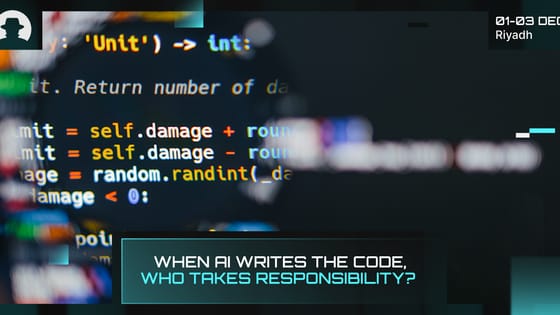
Why identity protection has to level up in 2026
Identity fraud in 2026 is AI-driven, industrial and costly. Learn how deepfakes, fraud rings and new cyber insurance rules are changing identity protection.
Read More
Ransomware as a Service (RaaS) platforms continue to emerge, causing a significant impact across industries and organisations. They’re enabling inexperienced hackers to cause real damage and effectively extort targets with minimal technical skills – posing a major threat around the world.
And as access to RaaS services continues to grow, the threat is escalating.
It’s a cybercrime business model in which ransomware developers create tools and services that other cybercriminals can use to launch attacks. They market these services on the dark web, allowing novice hackers to purchase and deploy them easily, and at a relatively low cost.
Think of the way you find and purchase legitimate software as a service (Saas) products. It’s just like that – but with tools that are designed for malicious purposes.
RaaS developers create ransomware code, infrastructure, and offer supporting services to increase the ease of use. They package this into Ransomware as a Service kits, which are then sold or rented to affiliate threat actors. Once they’ve bought a kit, the purchaser is responsible for deploying the ransomware – but depending on the package, they might receive support from the RaaS platform to ensure they’re successful. Profits from successful ransom payments are usually shared between the RaaS platform operator and the purchasing affiliate.
The ease of deployment of these tools is driving a surge in the frequency and scale of ransomware incidents.
Using RaaS platforms, threat actors can launch an attack with:
Effectively, RaaS platforms have democratised ransomware attacks. A much broader range of criminals can participate in exploitation and extortion using ransomware, and this is driving a boom in attacks across sectors.
This democratisation of cyberattacks and the resulting surge in attack volumes is driving major financial losses for victims – with the global economic impact of ransomware attacks projected to reach USD $265 billion per year by 2031.
They’re also increasing the disruption of critical infrastructure; with RaaS operators often targeting sectors such as healthcare, finance, and energy. At its most serious level, this can lead to the potential loss of life – as well as economic instability and public panic.
With a constant flow of revenue from the sale or rental of RaaS services, RaaS platforms are able to continuously update their ransomware variants – improving their algorithms and evasion tactics, and developing new features based on real feedback from attacks that affiliates have deployed. This makes RaaS an innovative space, and that’s a challenge for cybersecurity operators who have to monitor, predict, and manage constant developments in ransomware tooling and strategies.
And because the tools are deployed and executed by affiliates, not by the developers themselves, it’s easier for RaaS operators to remain anonymous and difficult to track down. They operate under the protection of distance from actual crimes committed.
RaaS isn’t just a serious problem for cybersecurity. It’s a serious problem for everyone. With the potential to disrupt industries and lives, understanding developments in RaaS is essential to build cyber resilience.
If you want to immerse yourself in the future of cybersecurity, join us in Riyadh for Black Hat MEA 2024.
Join the newsletter to receive the latest updates in your inbox.

Identity fraud in 2026 is AI-driven, industrial and costly. Learn how deepfakes, fraud rings and new cyber insurance rules are changing identity protection.
Read More
New research from Veracode and Gartner shows that while AI is accelerating software development, it’s also accelerating risk.
Read More
Three recent campaigns (Tsundere, Matrix Push C2, and Sturnus) show attackers shifting command-and-control and data theft into places we treat as harmless UX plumbing.
Read More